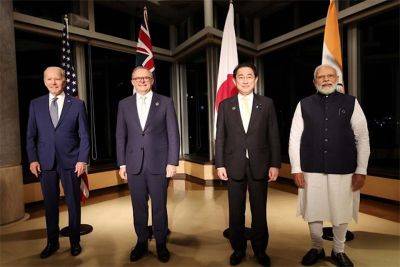Netflix series explores women’s dreams in the body-slamming world of Japanese pro wrestling
TOKYO (AP) — “The Queen of Villains” is a typical coming-of-age tale about a young woman’s road to empowerment and self-discovery — except it all takes place in the body-slamming, arm-twisting world of Japanese professional wrestling.
The Netflix series, which began airing last month, tells the story of Dump Matsumoto, a real-life wrestling legend from the 1980s who grew up poor with a father who was often absent or abusive.
Matsumoto grew up angry, she said, and went on to create in her wrestling persona a ferocious, almost camp villain character, known in the sport as a “heel,” complete with outlandish Kabuki-like facial makeup, chains, sticks and a grotesque scowl. She loomed large as a symbol of fearless and defiant womanhood.
“I gave it my all to be evil,” Matsumoto said.
A hefty woman with a friendly smile, Matsumoto makes a point even now to adamantly deny that she was ever a nice person or acknowledge that many people in Japan, especially women, love her.
“I still beat people up in matches. I stuck forks in them and made them bleed,” she said, adding, “All the people who pretend to be good are the truly evil ones.”
“The Queen of Villains” follows the friendship between Matsumoto and Chigusa Nagayo of the popular wrestling tag team known as the Crush Gals. Nagayo served as an adviser, trainer and choreographer for the series’ dramatized wrestling scenes.
Japanese professional wrestling fans still talk about the matches between Matsumoto and the Crush Gals, including the ones they fought in the U.S.
The actresses in the series spent two years training for their roles. They gained weight and muscle, and learned techniques like the “giant swing,” in which a wrestler grabs her opponent’s legs and moves in a dizzying







